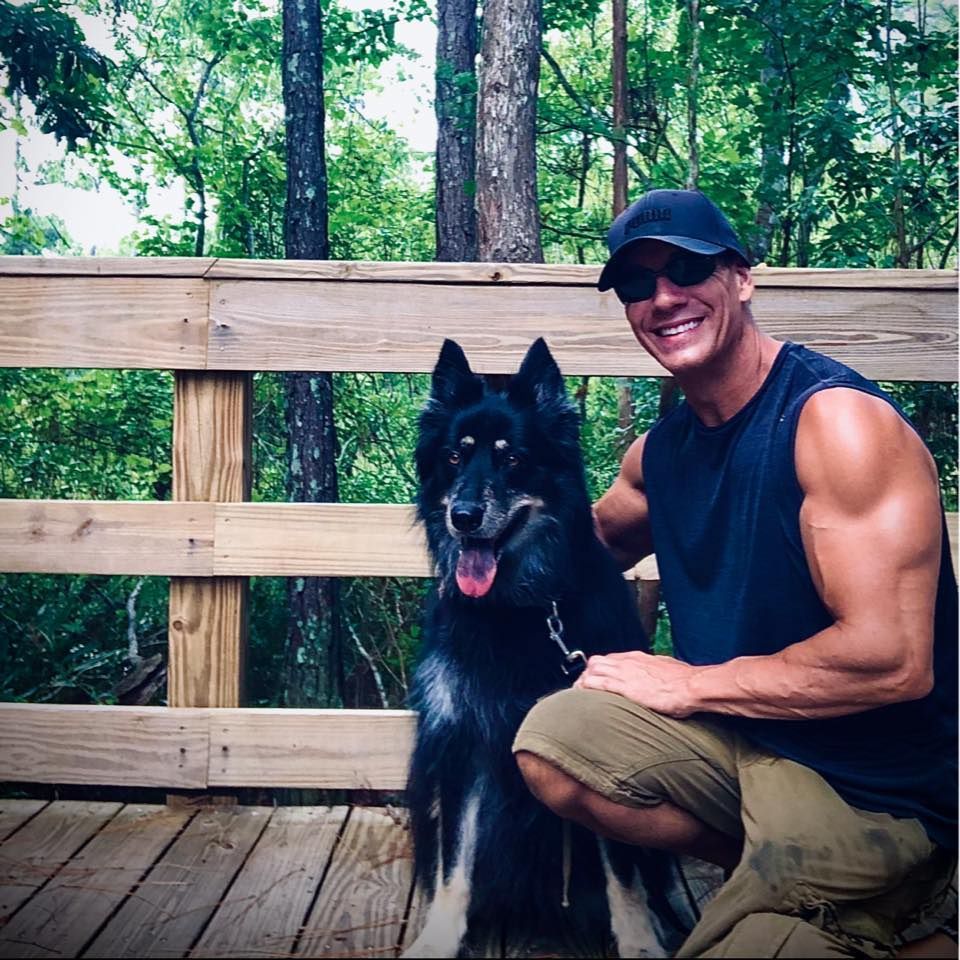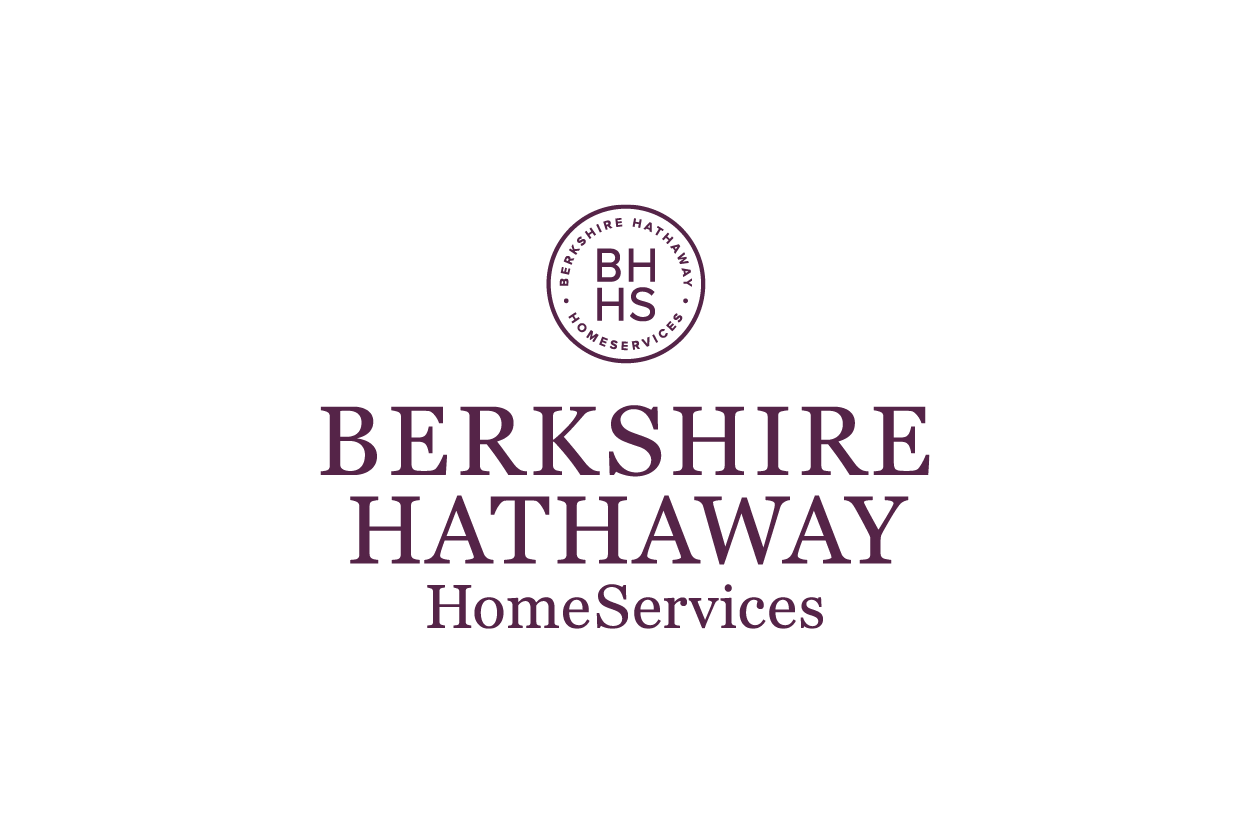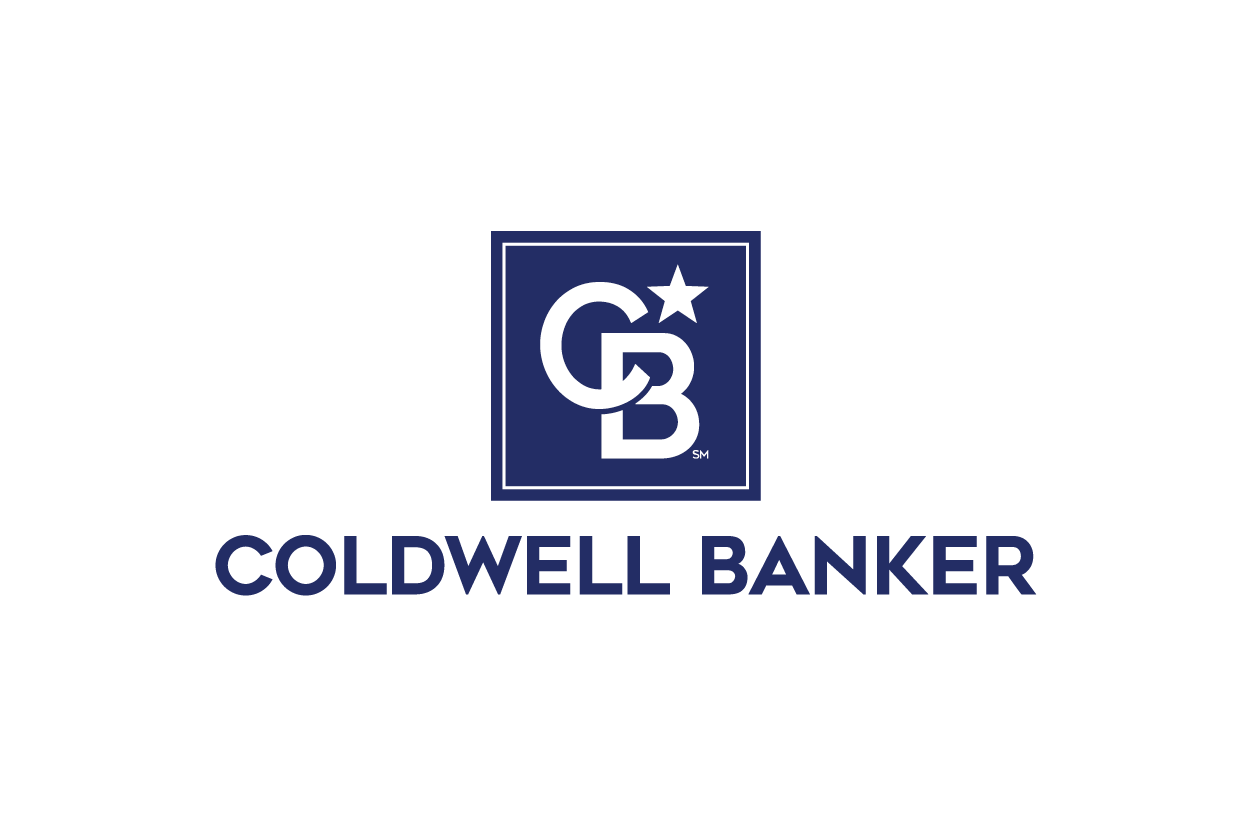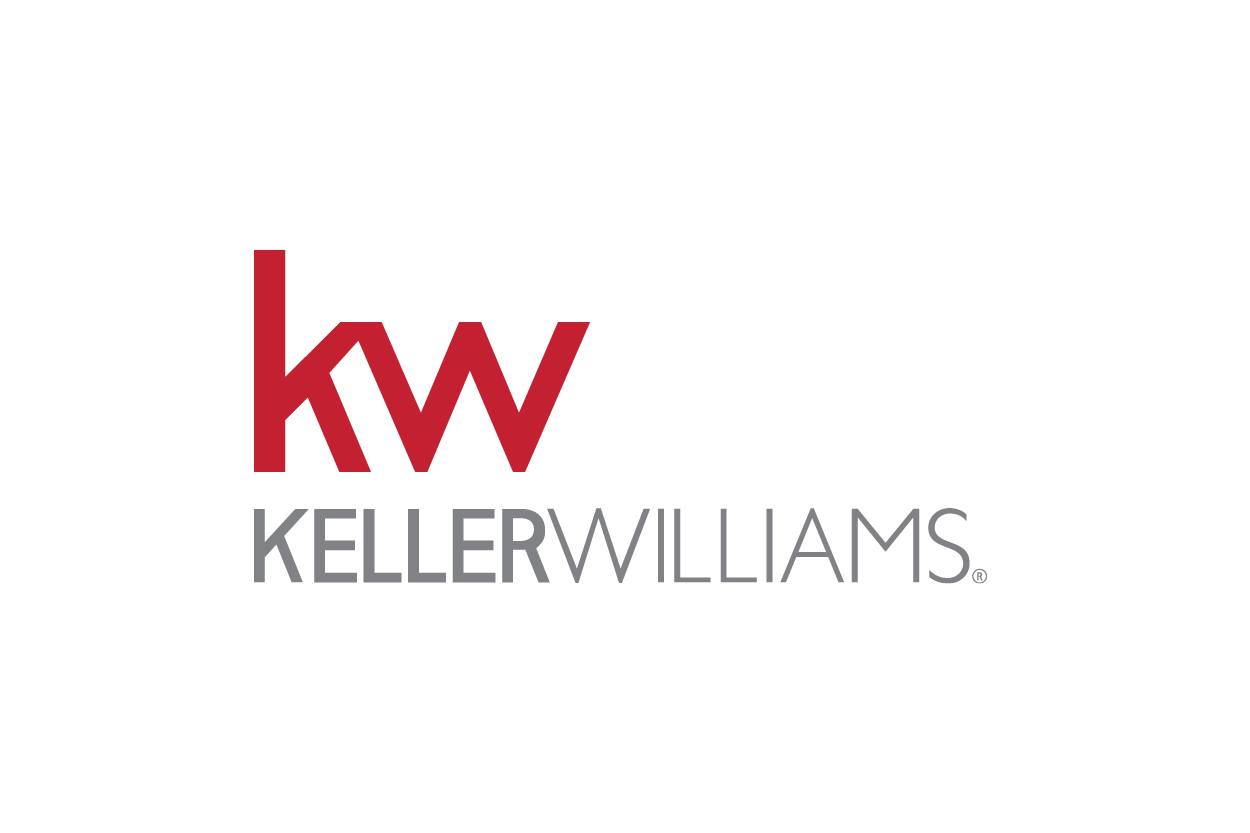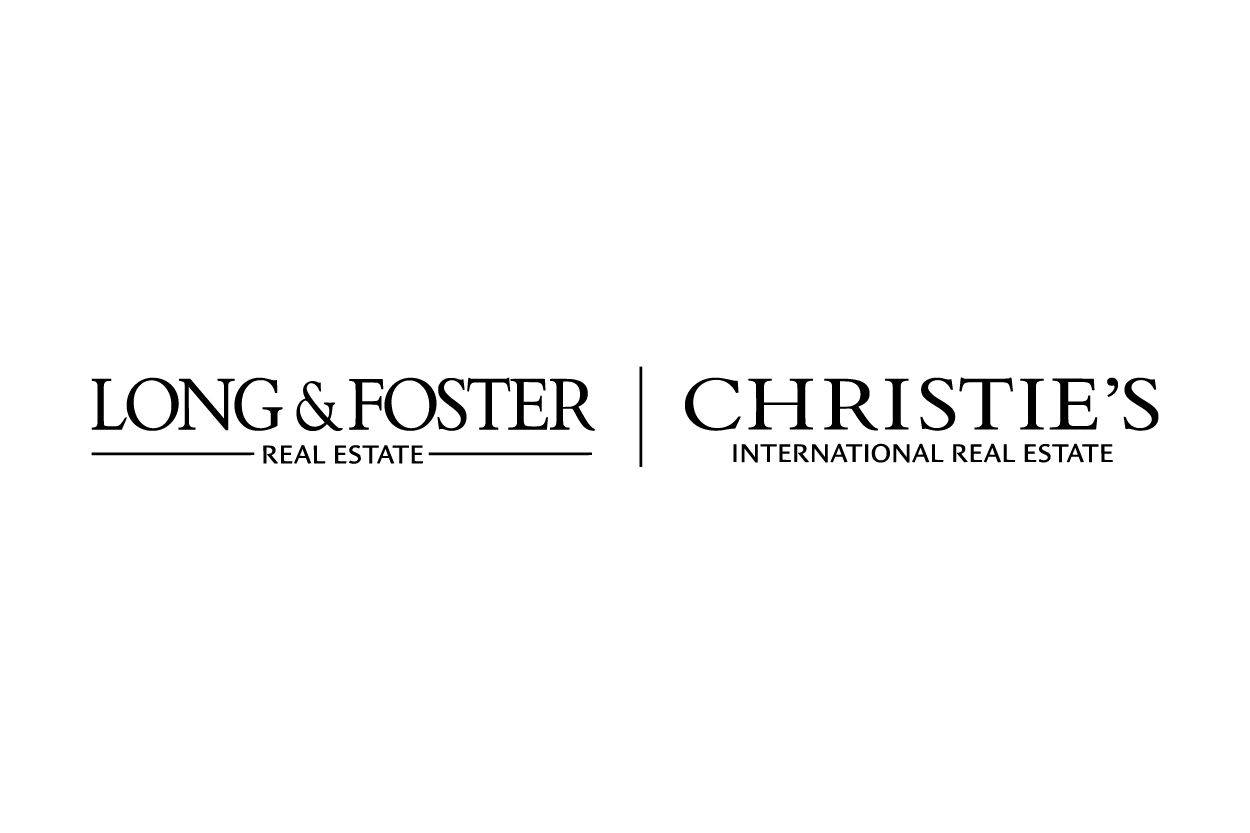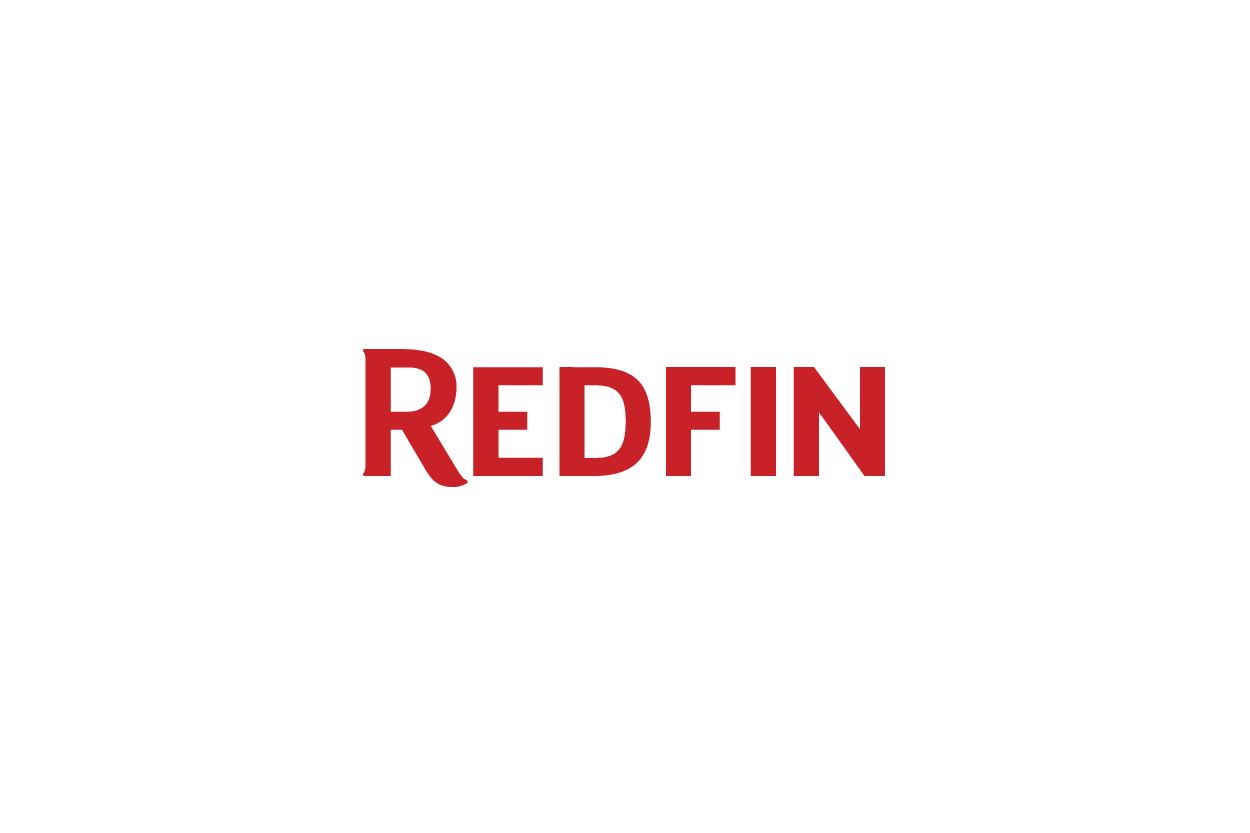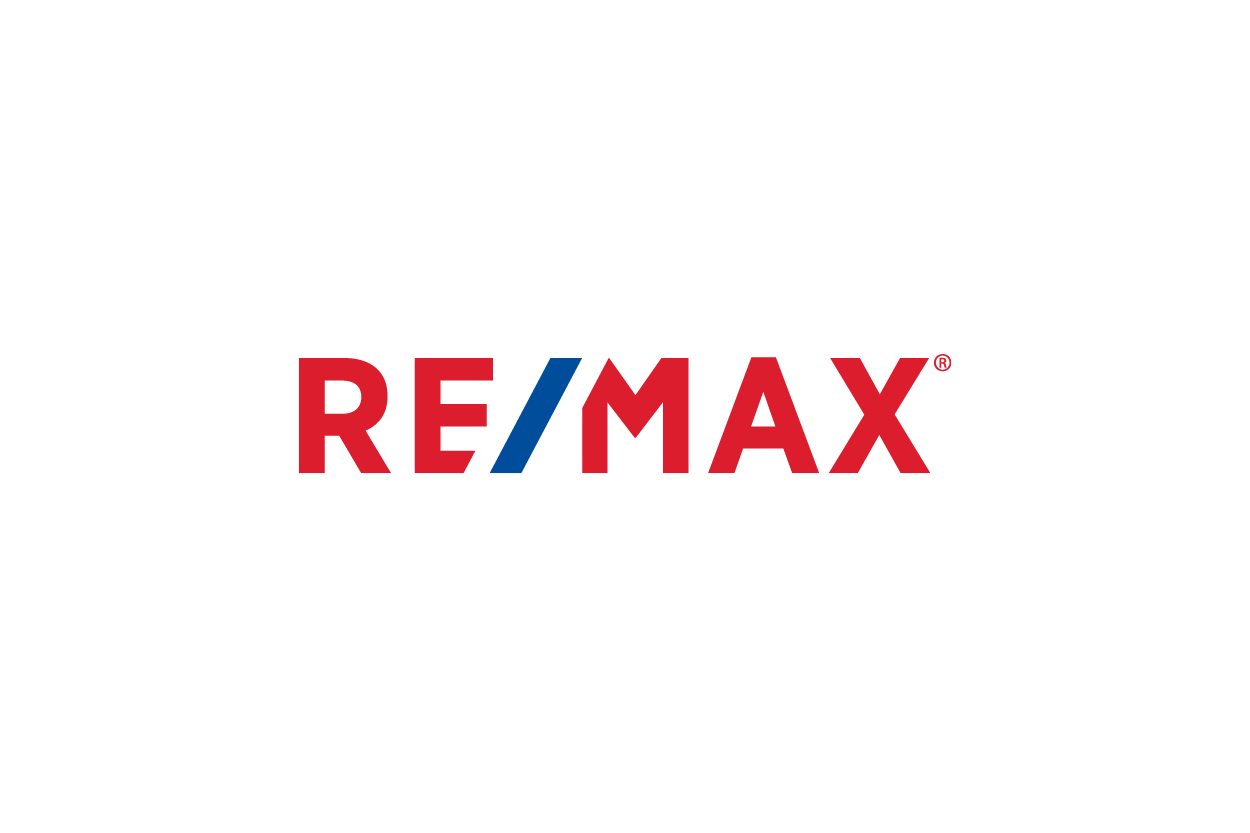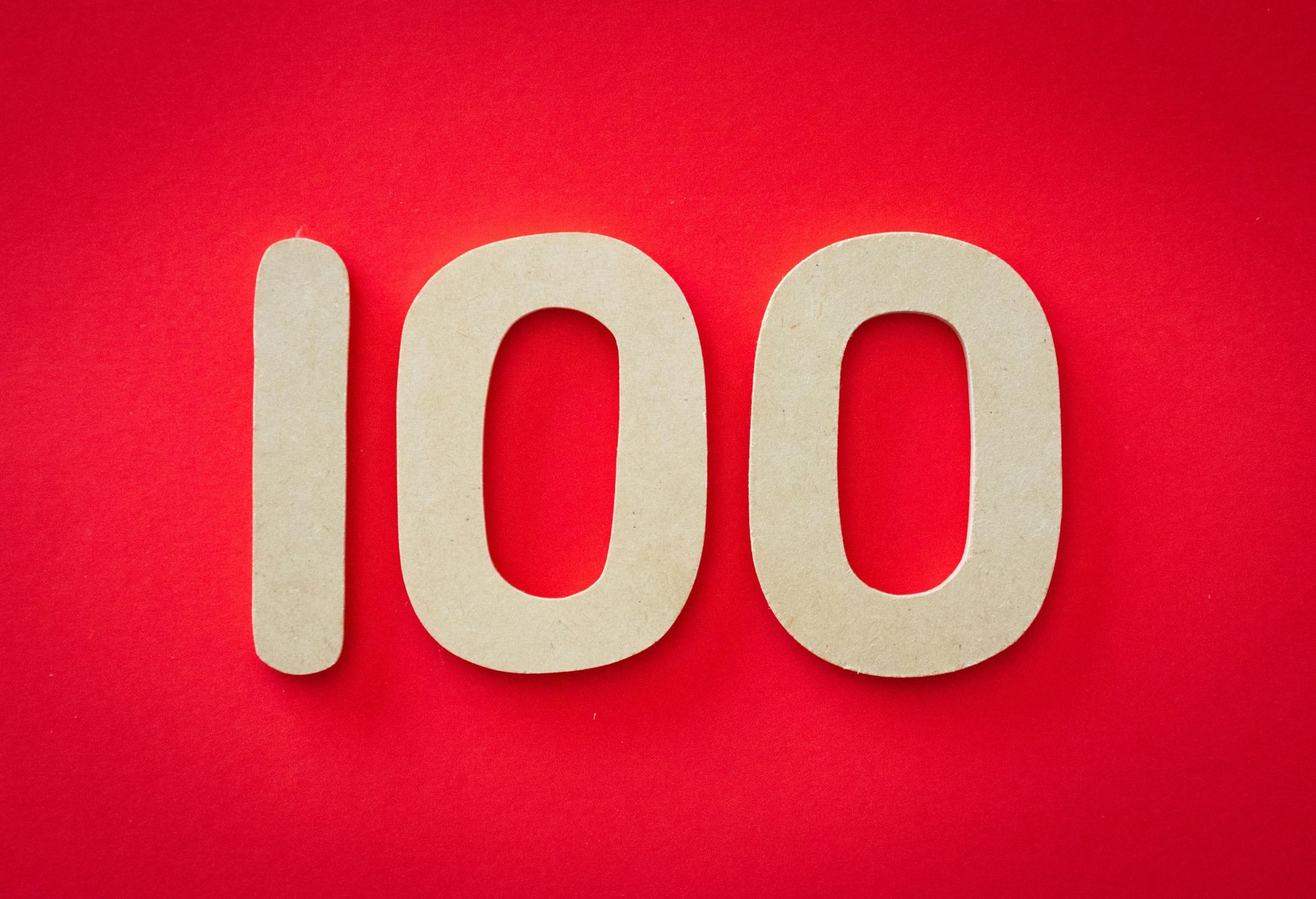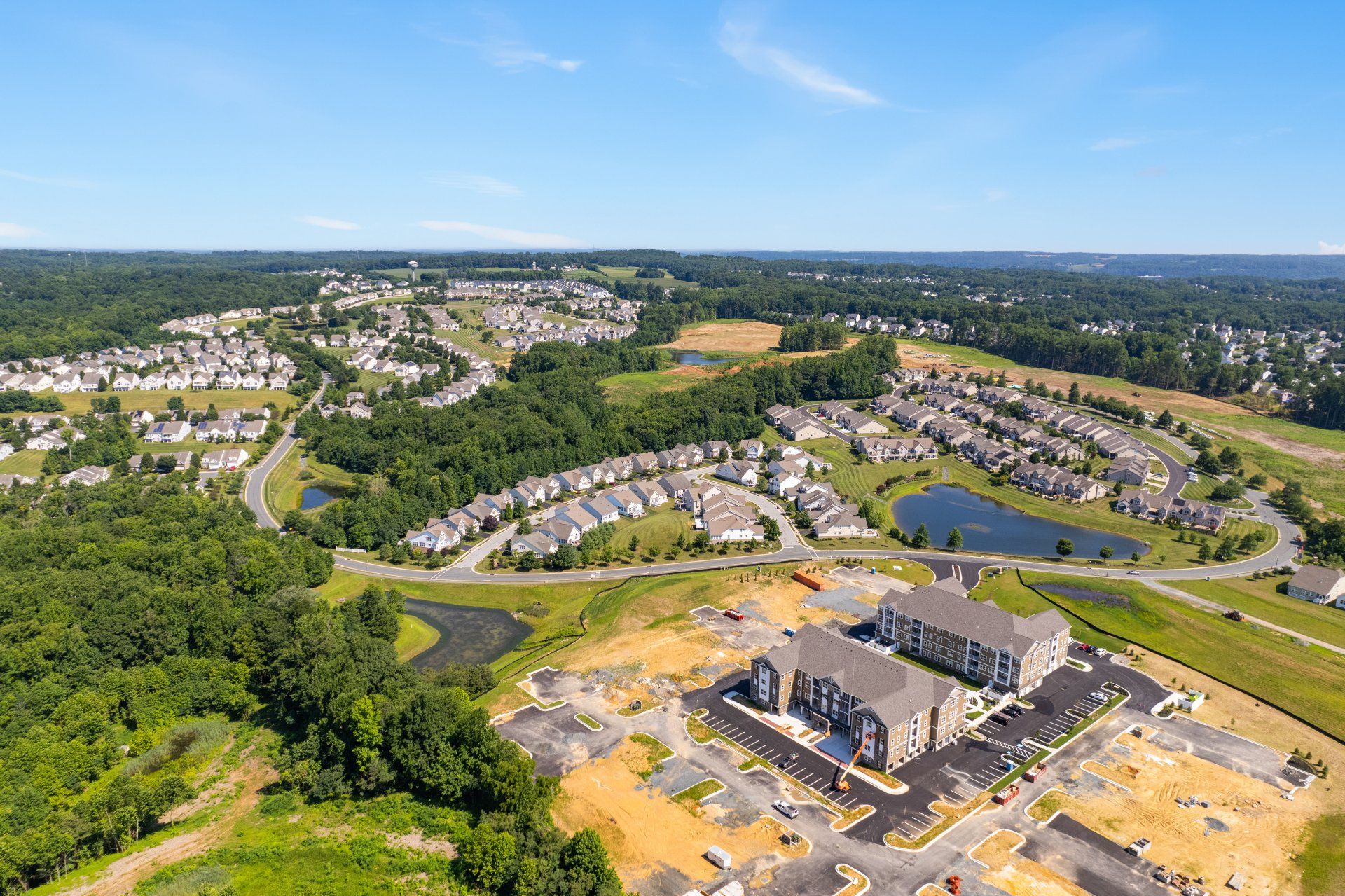Meet Victor Coll, a seasoned expert in the art of in-bound content marketing. With a proven track record in crafting winning content strategies, Victor excels in attracting and engaging audiences organically. His proficiency extends to optimizing content for maximum impact, resulting in increased brand visibility and audience retention. Victor's dedication to the art of in-bound content marketing has helped businesses achieve remarkable growth. Join him as he shares invaluable insights and strategies to empower your content marketing efforts and drive meaningful connections with your target audience.
Tips for Real Estate Drone Photography
WHY PAY MORE?
With the popularity of drones and drone photography on the rise, some real estate agents have taken to the skies with their own flying cameras to capture aerial images for their customers. And why not? An unmanned aerial vehicle (UAV) is a natural complement to real estate photography. What’s more, it is not that difficult to get started with drones. The cost of equipment has come down. It only takes a month or so to get certified as a commercial drone pilot through the Federal Aviation Administration (FAA). And many people learn the basics of operating a drone inside of a day. But the endeavor is not for everyone, and learning the basics is not the same as mastering the skill. Here are some points to consider, items on your to-do list, if you are thinking about shooting your own birds-eye photos.
Acquire your equipment
The first thing you will need if you want to take aerial pictures with a drone is… a drone. There are many to choose from, but not all drones are equal when it comes to photography. What many first-timers do is go out and buy a relatively inexpensive camera-equipped model. Unfortunately, entry-level drones usually come with entry-level cameras that are not capable of producing the high quality images you need for your listings.
On the other hand, investing in a drone with a competent camera, one that costs a lot of money, may not be your best bet either, since the chance of crashing your first drone – or your first few – is high. Your best bet might just be to pick up a small lightweight drone (or two) that you can use for practice before you work your way up to a model that can get the job done adequately.
Of course, not all drones come equipped with a camera. Some are made to haul a payload. You can attach a quality camera that you already have, assuming you are already skilled in photography. In any case, whether the camera is embedded in the drone or carried by the drone, you need to consider its capabilities. Things like sensor size, resolution, and the ability to shoot in RAW format to maintain the most flexibility when editing later. Other drone qualities to consider include payload options, flight time (or battery life), and the distance it can fly.
Understand your craft
So, you would like to build your brand and add drone photography to your portfolio. To do that, you will need to be skilled in more than the art of an agent. You will also need to develop proficiency as a photographer and a pilot.
As a real estate agent, you understand that you need to maintain your license in order to do business. The same holds true if you want to operate a drone to take real estate photos. You can create all sorts of print media, like brochures and postcards, or digital media, such as virtual tours or viral videos, anytime you like. But to fly a drone for commercial purposes, you need to obtain a license.
The use of a UAV, or UAS (unmanned aircraft system) as it is referred to by the FAA, for commercial purposes (like real estate photography) requires certification under FAA code Part 107, dedicated to small unmanned aircraft systems. To do this, you register with the FAA, study for and pass a sixty-question knowledge test, and apply for certification. And your drone needs to be registered with the FAA and (most likely) insured against damages related to a crash.
In the meantime, you need to practice your dexterity with your drone in order to capture top-notch images of a seller’s home and property. Although it may take only minutes to figure out how the thing works, it takes hours and hours (maybe days and weeks) of practice to master its operation so you can capture stunning images. Fortunately, you can practice on your own as much as you like as a hobbyist before you obtain your commercial certificate. Drones used for personal use do not fall under the same requirements as those for commercial use, like real estate. You can become adept at maneuvering your flying machine before deciding to use it professionally.
Keep in mind that only about half of the work is done when your drone lands. The photographs you snapped or the videos you recorded still need to be edited before uploading to the MLS, your website, or social media.
Set the stage
Once you have acquired the necessary skills to fly your drone, take photos, and edit images (and become certified), you are ready to take the technology to your clients.
But that does not mean that they are ready for you. The property needs to be prepared in advance of an aerial shoot in much the same way as you might prepare a kitchen for professional photography. Drone photography for real estate should not be a spontaneous event any more than still shots or real estate videos are. If you intend to highlight a home or a yard with aerial images, the property needs to be straightened up first.
Sprucing up a property might include clearing the yard of clutter, organizing the lawn furniture (or putting it away), neatening up the patio, and removing vehicles from the driveway. Ask yourself questions: Does the roof need to be cleaned, or even repaired? Does the yard need to be manicured? Are construction projects complete and equipment out of sight? You wouldn’t leave laundry on the bed or bathroom floor for a photo shoot. The details matter outside just as they do inside.
It is also important to consider the time of day and time of the year when you are taking pictures with a drone. For instance, working along a busy street at rush hour might not yield the results you are looking for. You might consider scheduling a weekend appointment instead. As with any real estate photographs, natural light is your friend; a sunset can add drama to a shot, noonday sun can minimize shadows. Each time of day has its own benefits and drawbacks. So do the seasons. And, of course, the weather plays a huge role.
Select your shots
First and foremost, for every property, you need to decide what characteristic is outstanding. Is it the pool and patio? Or an oceanside vista? Find the feature to focus on, not to the exclusion of everything else, but as an item that draws attention.
Then take lots of pictures. Ensure that you do not need to schedule another session on a day where the lighting or other conditions may be different. And do not limit yourself to shots taken from afar. One advantage of a drone is its ability to see what the eagles can see, but most of your shots should be snapped from low levels, where details can be captured. Hovering around twenty feet provides viewers with an otherworldly view that allows for wide angles and detail. Just make sure to take multiple shots of the important stuff.
No matter what images you decide to collect, make sure you set out with a plan, a shot list, just as you would for an interior photo shoot. That way you will not miss anything. You can always add new angles, but if you have a checklist, at least you know you will hit the important shots.
Once the photo shoot is over, you still have a good deal to do. Post production is where much of the work of your drone photography will come in. That is why it is a good idea to shoot in RAW format if possible, to retain as much color data and flexibility as you can. Software programs like Adobe Lightroom or Photoshop can be used to tweak colors, reduce harsh shadows, and more – after the photos have been taken. That way, you can maximize their impact when you send them off to their destinations, a website, listing, 3D home tour, or social media post.
Of course, if you do not feel the need or the desire to buy a fleet of drones and a collection of cameras, or to study for another license, or to practice for hours on end (some people enjoy it) to become a skilled drone pilot, you could opt to hire a professional drone photographer to do the shoot for you. You can add the service to your portfolio without all of the hassle – and completely bypass the inevitable drone crashes that come with the learning curve.


